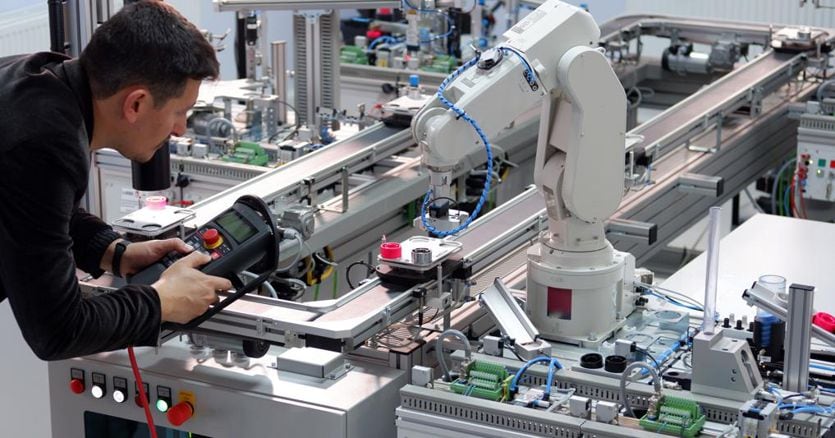Seventy-four days, almost two and a half months, including Saturdays and Sundays. The leap forward of the guaranteed production period, which also arrived well beyond the 2019 average, pre-Covid period, is the happiest note of the latest survey on the Lombard economy. Unioncamere Lombardia’s analysis is actually made up of lights but also shadows, with production in the first quarter only able to increase by a few decimal places (+ 0.2%) compared to the previous period. If the trend rebound (+ 8.7%) was statistically expected, its magnitude is not enough to close the gap with the previous levels, after the drop of more than ten points in the January-March 2020 period.
However, if in production terms the recovery is still partly to come, more comforting indications arrive in prospective terms, looking first of all at orders. In double-digit growth on an annual basis both in Italy and abroad but in progress by more than one point even compared to the previous period. Orders higher than the average levels also in 2019 and which go to saturate production for many weeks, also fueling the optimism of companies. The expectations of entrepreneurs on the trend in demand show a marked improvement, as is the case for the production forecasts for the second quarter, where the optimists far exceed those who instead express reservations and negative estimates.
Loading…
If it is true that the cruising speed in terms of economic comparison does not seem excellent, the progressive return to normality in production terms is evident: the use of the capacity of the plants in fact rises close to 74%, a couple of abundant points over the levels at the end of 2020 and not far from what happened in 2019.
The recovery in turnover is wider than production, also linked to the decumulation of stocks stored in previous periods and remained partly unsold: the annual jump is 11.1%. Compared to the average level of 2019, however, the industry still suffers a gap close to five points. .
Levels not yet reached also in terms of output.
